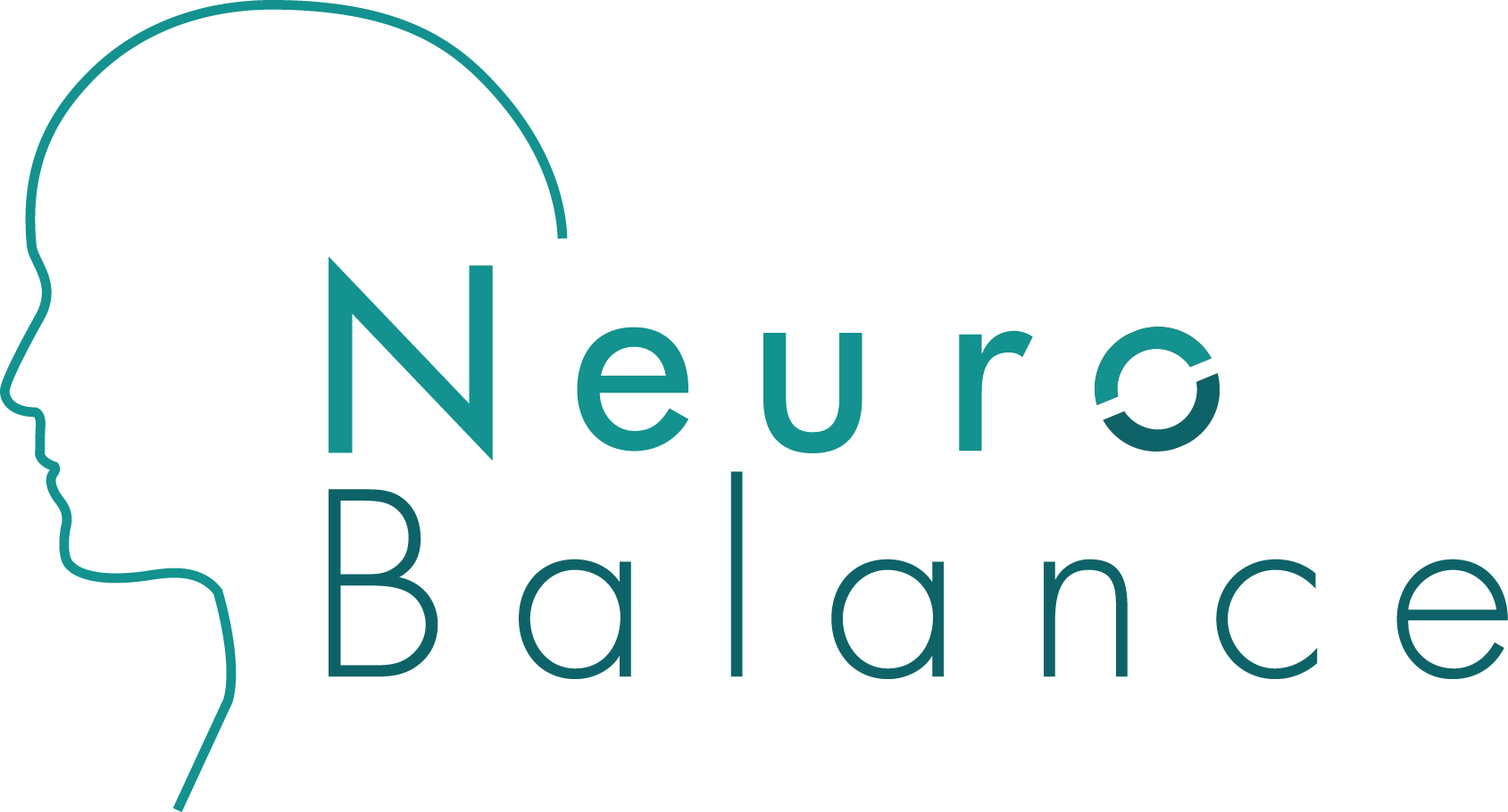Connecting Brain Protein Aggregates in Alzheimer's and Aging: The Critical Role of Mitochondrial Health
Introduction
As we age, our brain undergoes various changes, some of which can impact our cognitive abilities and overall brain health. One of the key processes affected by aging is the formation of insoluble protein aggregates in the brain. These aggregates are also a hallmark of Alzheimer's disease, leading researchers to explore the connection between normal aging and neurodegenerative diseases. Recent studies have highlighted the pivotal role that mitochondrial health plays in maintaining brain function and mitigating the harmful effects of these protein aggregates.
The Vicious Cycle of Protein Clumping
Protein aggregates, particularly those involving amyloid beta (Aβ) and tau proteins, are well-known markers of Alzheimer's disease. These insoluble proteins form plaques and tangles that disrupt normal brain function. However, recent research shows that protein aggregation is not exclusive to Alzheimer's; it also occurs during normal aging. Scientists have identified a "core insoluble proteome" (CIP), a set of proteins that become insoluble both in the context of normal aging and Alzheimer's disease. This finding suggests a common pathway that could underlie both processes (ScienceDaily) (BUCK).
The Role of Mitochondria
Mitochondria, the powerhouses of our cells, are crucial for energy production and cellular health. Studies have shown that mitochondrial dysfunction is closely linked to both aging and Alzheimer's disease. As we age, mitochondrial efficiency decreases, leading to increased oxidative stress and cellular damage. This decline in mitochondrial function exacerbates the aggregation of insoluble proteins, creating a vicious cycle where protein clumping further impairs mitochondrial health (ScienceDaily) (ScienceBlog.com).
Breaking the Cycle: The Importance of Mitochondrial Health
To mitigate the negative effects of protein aggregation, researchers are focusing on ways to improve mitochondrial health. One promising approach involves boosting the quality of mitochondrial proteins using natural compounds like Urolithin A, which is found in foods such as raspberries, walnuts, and pomegranates. Urolithin A has been shown to enhance mitochondrial function and reduce the toxicity of amyloid beta in experimental models (ScienceBlog.com) (Neuroscience News).
Moreover, lifestyle interventions such as regular exercise and a healthy diet are recommended to maintain mitochondrial health. These practices help to replace damaged mitochondria with new, functional ones, thereby reducing the burden of protein aggregates and supporting overall brain health as we age (ScienceDaily) (Neuroscience News).
Conclusion
The connection between insoluble protein aggregates in normal aging and Alzheimer's disease underscores the importance of maintaining mitochondrial health. By focusing on mitochondrial function, we can potentially slow down or even reverse the harmful effects of protein aggregation. This approach not only offers new avenues for treating Alzheimer's but also highlights the broader implications for promoting healthy aging and preventing age-related diseases.
For more detailed insights, you can explore the studies conducted by the Buck Institute for Research on Aging and other leading research organizations in this field (BUCK) (Neuroscience News).
Maintaining a proactive approach to brain health through diet, exercise, and targeted interventions can make a significant difference in mitigating the effects of aging and neurodegenerative diseases.
-A Balanced Brain is a Better Brain for a Happier Life-
